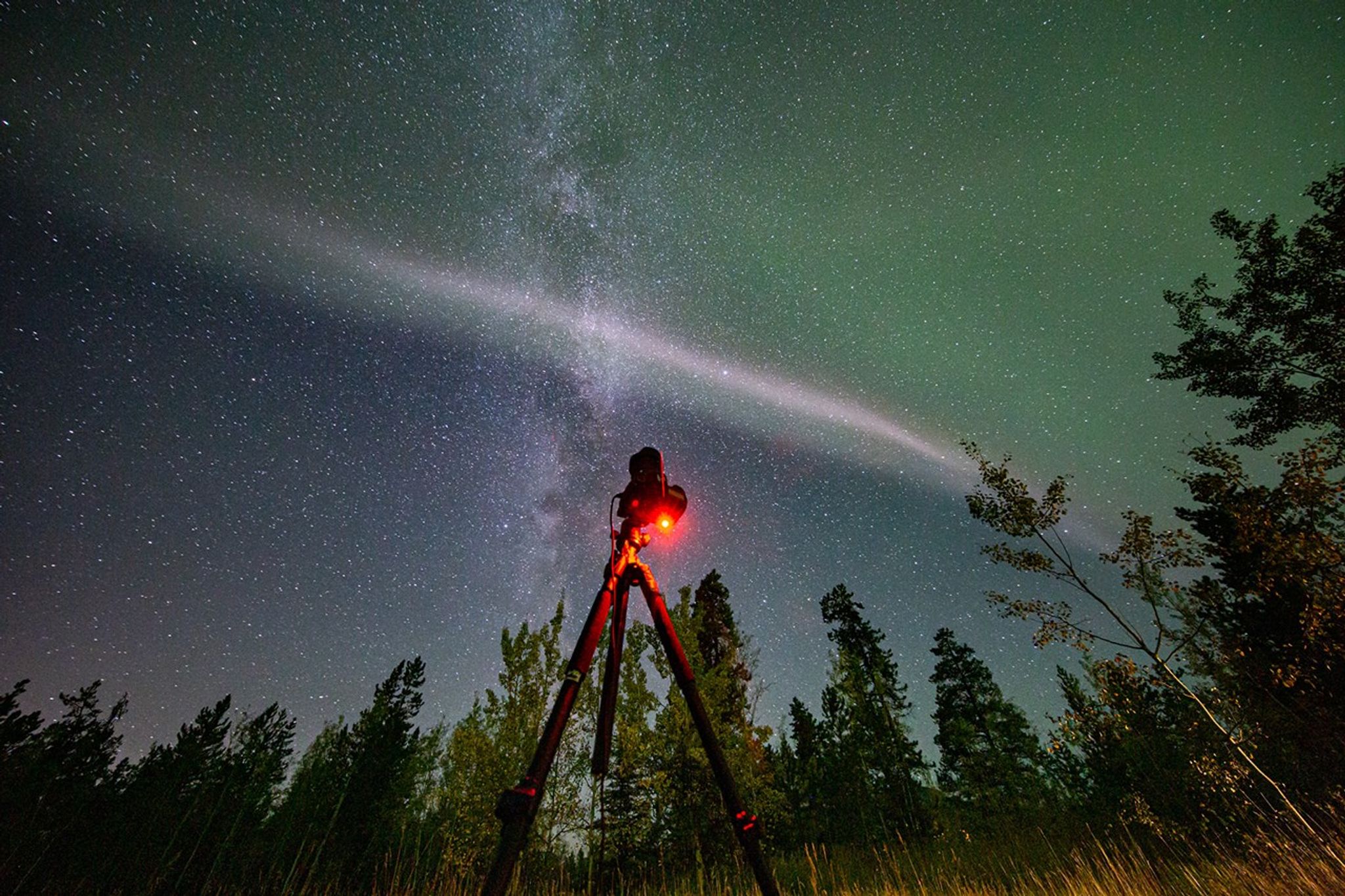SpaceX Starship to fly 25 launches in 2025 – SatNews
Original Publication Date: 2024-11-13 00:00

SpaceX’s giant 400 ft tall Starship will make a sixth test flight on November 19th, subject to the usual weather and last-minute technical checks. The fifth flight saw the ‘super heavy’ booster stage captured by a pair of ‘chopsticks’ upon its return to Earth at Elon Musk’s Starbase.
SpaceX launches 20 smallsats including 13 Direct to Cell and one launch closer to completing the DTC constellation – SatNews
Original Publication Date: 2024-11-13 00:00

Satnews captured the launch from SpaceX’s streaming video. This is the eighth flight for the first stage booster supporting this mission, which previously launched Oneweb 4, USSF-62, and five Starlink missions. Following the Starlink 9-11 mission, Ben Longmier, SpaceX’s senior director of satellite engineering, said there will be three more launches to round out the constellation.
SpaceX still on track Wednesday to launch Starlink Group 9-11 of 20 smallsats including 13 Direct to Cell – SatNews
Original Publication Date: 2024-11-13 00:00

SpaceX is targeting Wednesday, November 13 for a Falcon 9 launch of 20 Starlink satellites, including 13 with Direct to Cell capabilities. Liftoff is targeted for 9:23 p.m. PT. A live webcast of this mission will begin about five minutes prior to liftoff, which you can watch here and on X @SpaceX.
Starfish Space secures million$$ in new funding to advance Otter development – SatNews
Original Publication Date: 2024-11-13 00:00

Starfish Space has raised $29 million in a new funding round led by Shield Capital. The additional funding will enable Starfish to complete the development of the first three Otter servicing vehicles. The company’s first two Otter missions for Intelsat and the U.S. Space Force will launch to geostationary orbit in 2026.
Lockheed Martin + Anduril join forces to detect + track drone threats in the Middle East – SatNews
Original Publication Date: 2024-11-13 00:00

Q-53 multi-mission radar (MMR) integrated with Anduril’s Lattice Command and Control (C2) environment during the U.S. Central Command Desert Guardian exercise. Desert Guardian is part of a set of exercises aimed at filling key gaps in its ability to detect and track drone threats.
NASA's Guide to Finding and Photographing Auroras

There are citizen science projects on auroras, such as NASA and NSF’s Aurorasaurus. These projects typically require that you share your location and time. If you are interested in contributing to a citizen science project, visit their website in advance for tips.
The Next Full Moon Will Be the Last of Four Consecutive Supermoons

The setting full Moon will be 15 degrees above the west-northwestern horizon. The brightest planet in the sky will be Jupiter, appearing below the Moon at 5 degrees above the horizon. The bright star appearing closest to overhead will be Regulus at 55 degrees above the southwestern horizon.
NASA’s Swift Studies Gas-Churning Monster Black Holes

Swift and ZTF looked for a tidal disruption of a gas cloud. When the cloud encountered the black holes, gravity ripped it apart, forming filaments around the pair. As the binary orbits, the complex interplay of forces ejects some of the gas from the system. These interactions produce the fluctuating light Swift and ZTF observe.
NASA’s BlueFlux Campaign Supports Blue Carbon Management in South Florida

In the air, GHG concentrations are measured using a well-established technique called cavity ringdown spectroscopy. This involves firing a laser into a small cavity where it will ping back and forth between two highly reflective mirrors. The rate of the light’s decay is used to estimate CO 2 and CH 4 concentrations.
2025 NASA Science Calendar
![]()
Every winter, a layer of carbon dioxide frost (dry ice) forms on the surface of Mars. At its greatest extent in midwinter, this frost reaches from the poles down to the middle latitudes. In most places, this is around 50 degrees latitude, similar to the latitude of southern Canada on Earth.
